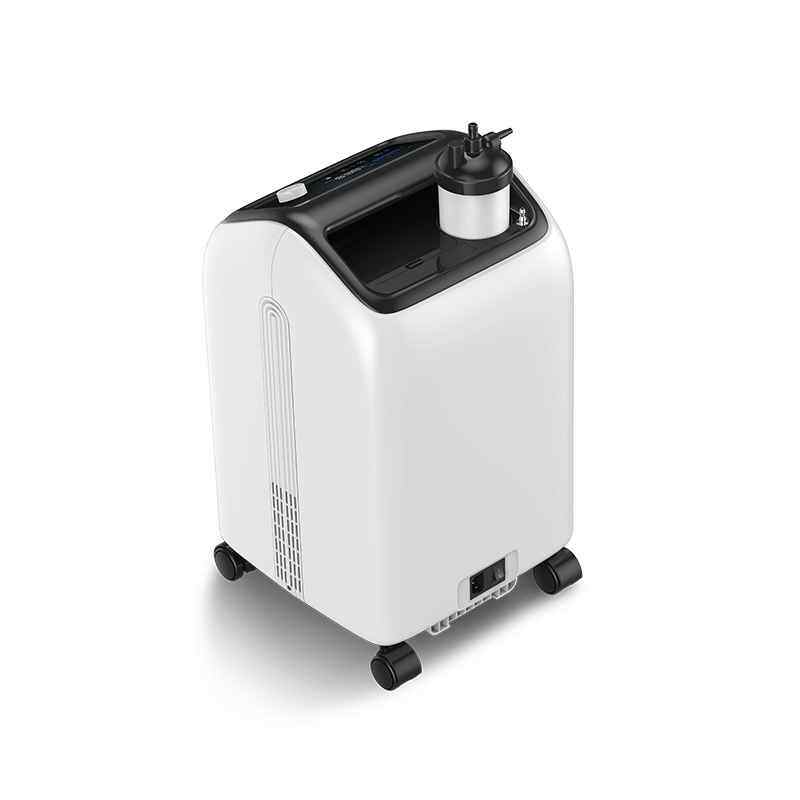


Date: 07 Nov 2025
An oxygen concentrator is a medical device that draws in ambient air, removes nitrogen and other gases, and delivers concentrated oxygen typically 90 %–95 % to the user.
Typically this device is prescribed for people who struggle to get enough oxygen from breathing ordinary room air — for example, those with chronic obstructive pulmonary disease (COPD), bronchitis, lung injury, or heart failure.
It’s important to emphasise: it should only be used under the instruction of a healthcare provider, because incorrect use — either too little or too much oxygen — can lead to health risks.
When shopping for an oxygen concentrator online, especially in Kenya or other markets, you’ll want to check several important criteria to ensure you get a device that suits your needs and is safe to use.
Flow rate refers to how many litres per minute (LPM) of oxygen the machine can deliver. You’ll need the flow rate to match or exceed what your doctor prescribes. If you pick a unit with a too-low flow rate, it may not meet your needs.
Since many units will be used in the home — possibly in sleeping areas — the noise level matters. A loud unit may disturb sleep or make it harder to rest. When reviewing online listings, look for decibel (dB) ratings or user reviews on quiet performance. A quieter unit improves user comfort.
If you need to be mobile for example, moving around the house, travelling, or using it during outings you’ll want a portable model. These tend to be lighter and have battery options or power adapters. However, they often trade off some flow rate or increase cost. If the device stays mostly in one room, a stationary model may be more cost-effective.
Buying online is convenient, but you must make sure that local service support, parts and maintenance are available in Kenya (or your region). Also check warranty length and what it covers (especially the compressor or sieve beds).
A good device with warranty and easy access to service means fewer risks and better long-term value.
Using an oxygen concentrator at home can greatly improve quality of life — but it also brings serious safety considerations. Oxygen itself is not flammable, but it supports combustion very strongly. Here are detailed precaution steps:
Below are two recommended models from different brands — when purchasing online, verify international shipping or local distributor support in Kenya.
Note: For each model you should check: verified flow rate, battery/plug-in options, noise level, warranty, whether Kenya-based shipping or importer exists, and availability of spare parts locally.
Q: Can I buy an oxygen concentrator without a doctor’s prescription?
A: You should not. According to medical-guidelines, using an oxygen concentrator without appropriate clinical assessment may lead to inappropriate oxygen levels — either too much or too little, both of which carry risks.
Q: How often should I clean the filters on a home oxygen concentrator?
A: It depends on the model and environment, but generally monthly you should inspect and clean filters and ensure no dust accumulation. By doing this you maintain performance and longevity.
Q: Is it safe to use my concentrator during a power outage?
A: Only if you have a proper backup system (battery or alternate cylinder) and your doctor approves it. Stationary units depend on electricity; so you should plan ahead for outages.
Q: What noise level is acceptable in a home setting?
A: Ideally something that won’t disturb sleep or other quiet activities. While there’s no hard threshold, many users prefer devices with noise levels under ~45–50 dB (comparable to quiet conversation).
Q: Can I travel internationally with a portable oxygen concentrator?
A: Yes — but you must confirm battery endurance, airline approval, local power compatibility, and whether the device is certified for travel. Also check local importation rules for Kenya or the destination country.